UDINE
Udine is in the first place among the four municipalities of the region for the average taxable income for IRPEF purposes (2010 data). The peculiar economic activities of the Friulian capital are mainly linked to its administrative and cultural function being the seat of the Province, Region, hospitals, banks, schools, universities and various entities and associations. The role of trade that has always characterized Udine as an emporial city of reference for all over Friuli, on the other hand, has always been gradually losing the role of industrial city, the large factories were in fact closed especially in the steel and food sector , small and medium settlements have been replaced that have found adequate spaces in the so -called Ziu or the Udinese industrial area, present south of the city.
Industry
To the heavy industry during the general decline, the model of the medium-small manufacturing company, with a generally familiar structure, deriving from the experience of craftsmanship, was successfully replaced.
The steel industries, once present in the Friulian capital (Bertoli steel mills, Safau) moved to the Udinese hinterland (ABS of Cargnacco) or far from the capital (such as Osoppo Pittini).
They also ceased their activities important factories from the food industry such as Birra Moretti and the bottling seat of Coca-Cola.
Services
The large industrial plants have been replaced by a dense commercial distribution network of medium-large-sized size concentrated especially north of the city, on the so-called Tresemane or shopping road. The tertiary sector, especially in the Udinese hinterland, has reached a great economic weight and represents about 2/3 of the total employment.
There are numerous settlements of the organized and specialized large -scale distribution, 2 commercial parks and 3 hypermarkets arise in the municipal area, in the nearby municipalities of the hinterland, there are 5 shopping centers (Martignacco, Pradamano, Tavagnacco, Cassacco and Basiliano) and 7 hypermarkets.
There are also 2 large cinematographic complexes, the so -called multiplexes, respectively with 2,500 seats in 12 rooms and 2,122 seats in 11 rooms. In the city center operates a circuit of 5 rooms hosted in two multiplex cinemas with a total of 722 seats.
The exhibition of Udinefiere, built in the area that housed the nineteenth -century Udinese cotton mill at Torreano in the neighboring municipality of Martignacco, also of a certain importance of a certain importance. The complex occupies an area of 240,000 m² and is equipped with 9 pavilions which with the external areas offer an exhibition area of 31,000 m². A dozen annual events take place including the international chair salon and the Modern Casa Fair. In 2006, following the merger with the Gorizia fair, Udine and Gorizia Fiere Spa was formed, overall the exhibition center has about 500,000 visitors per year.
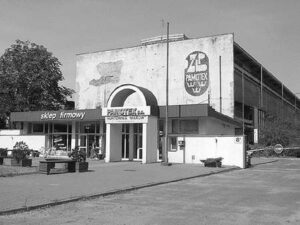
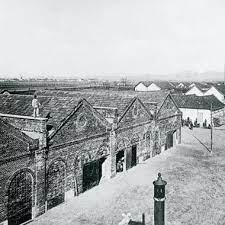
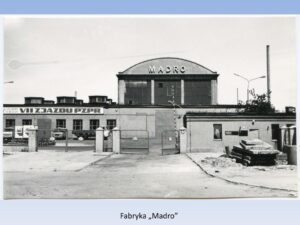


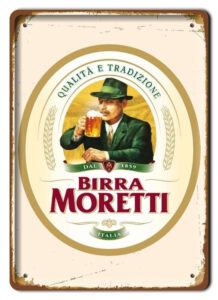
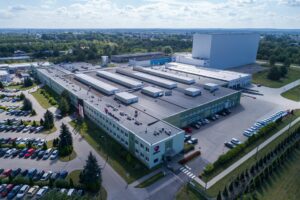
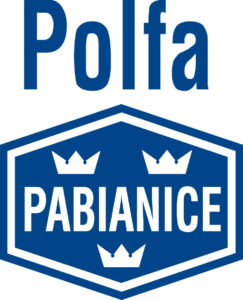
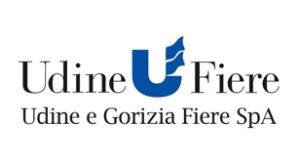
PABIANICE
In the post-war period, Pabianice, shortly after Gliwice, had the largest number of various industries in Poland. The period of new economic development after 1989 significantly changed the ownership structure of industrial plants. Production areas after the nationalization of industry in Poland after World War II became the property of the Treasury or Cooperative. Currently, the vast majority of enterprises in Pabianice belong to private investors.
In 2003, almost all production activities continued to take place in areas created, organized and developed in previous periods of industry shaping in the city. They accumulate in three zones:
- old industrial district
- new industrial district
- areas at the railway line
The transition from a centrally planned economy to a free market economy meant that many industrial plants in Pabianice were declined, and numerous enterprises were liquidated (Pamotex cotton industry, Madro Machine Factory, Pawelan’s Wool Industry).
The crisis of large industrial plants, especially textile combines, resulted in the shrinking of the surface of industrial areas, which in the late 1980s covered 158 ha. In 2003, the area of these areas decreased to 136 ha. The purpose of the multi-hectare plots of former factory areas for the construction of shopping and service centers had a significant impact on this.
Despite the fall of many industrial plants, the light industry is still dominating. However, an important place in the branch structure is occupied by:
- chemical industry (Pharmaceutical POLFA, Aflofarm drug factory),
- food industry (Pamso SA meat manufacturer)
- and electromechanical industry (Philips light bulb factory).
The branch diversity meant that the Pabianice industry did not fall into a deep crisis.
Radical changes occurred in the structure of the size of the plants. In 1989, there were about 180 state and cooperative industrial plants in the city, in which about 30,000 worked. people.
In 2003 there were about 2,200 companies employing 12,000 employees, and in 2006 there were 8554 national economy entities, i.e. 77 entities more than in 2003.
Structure of the Pabianice economic activity in 2003:
- light industry 27%
- chemical industry 19%f
- ood industry 16%
- electromechanical industry 13%
- wood industry 7%
- other branches 18%
After 2003, subsequent plants collapsed or were privatized or transformed into companies.
The budget income in 2010 per capita amounted to PLN 2062.52, while five years later in 2015 this income amounted to PLN 2431.27 per capita.